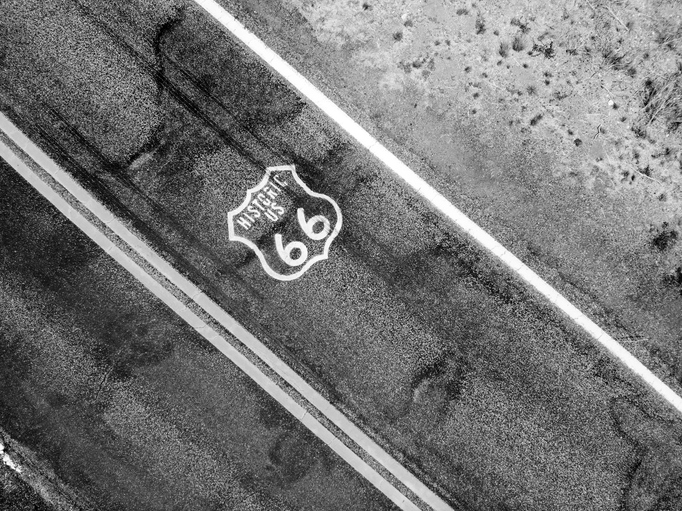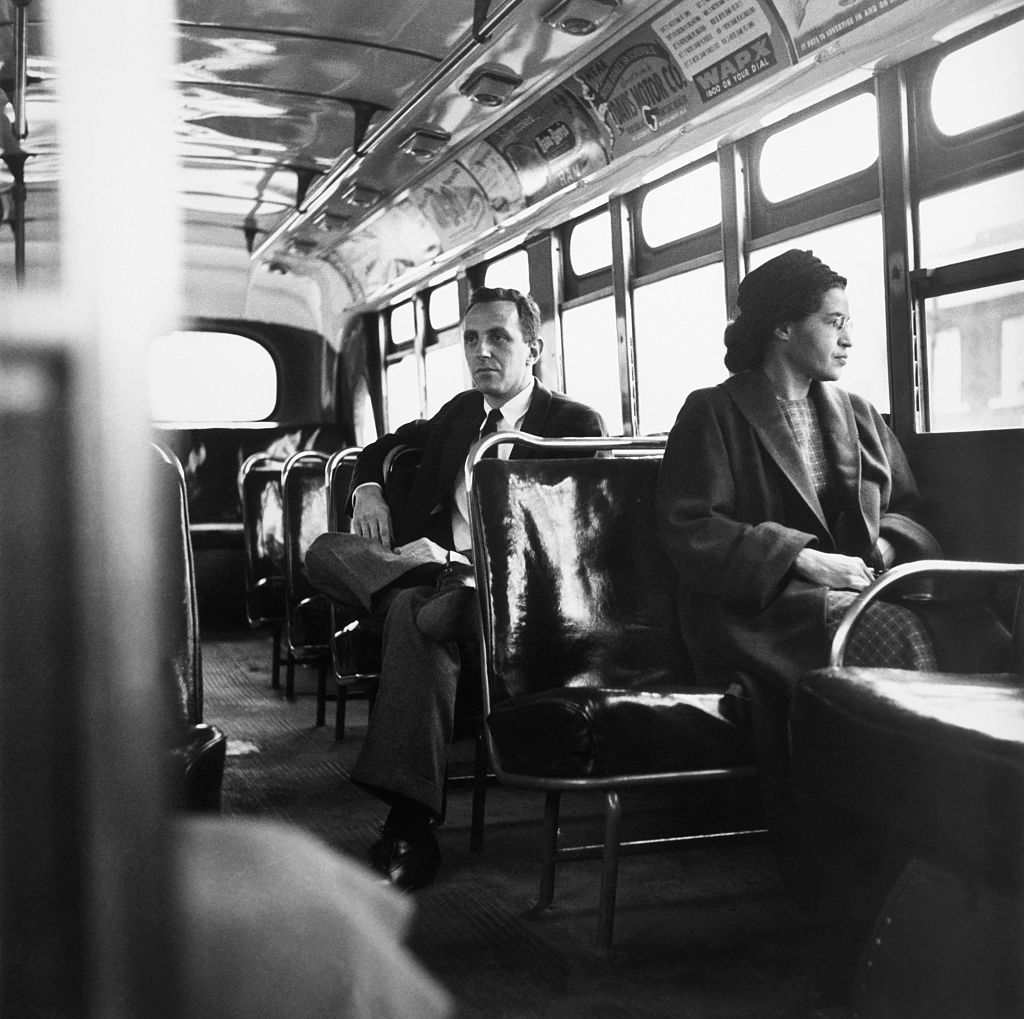
Source: Grant Faint / Getty
Usually, when we think about sunsets, we aren’t referring to pain and suffering.
But America has a way of turning something as beautiful as the sun coming down, into a terrifying nightmare, especially for black travelers all over the country. They called it ‘Sundown Towns,’ and if you were not white, you were not safe and could have ended up dead.
Sundown towns, or grey towns, were all-white neighborhoods in the United States that used discriminatory local laws, intimidation, or violence to keep their town all-white. The term meant that if you were not white you had to be out of the town by nightfall or suffer the consequences.
The earliest record of legal restrictions on the nighttime activities of Black people dates back to the 1714 “An Act To Prevent Disorders In The Night.” The discriminatory law used bigoted and racist language to blame the Indians, Blacks, and Molatto slaves for all the illegal activities happening after nightfall. The law made it a crime for any person of color to be out of their home after 9 o’clock.
By the end of the Reconstruction era, sundown towns had popped up all over the country, particularly in the Midwest.
Reconstruction catalyzed economic mobility for Black Americans. Whites who believed that Blacks shouldn’t be allowed to prosper resented everything about Reconstruction and the way to combat that was to make sure Blacks were intimidated and scared to live in or around the white communities. In 1844, Oregon just banned Blacks from the state altogether. Local cities also enacted laws to keep blacks out of their city. City planners and real estate companies also used their power to make sure white communities remained white. With unfair housing rules, also came more violence, harassment, and other forms of racial terror such as lynchings, night riding, and other violent acts executed under the cover of night.
By the 1900s sundown towns had stretched into communities from the southern shores of Georgia to the Great Plains west of the Mississippi River. Blacks, however, were still determined to make a way for themselves. From 1916 to 1970, during The Great Migration, more than 6 million Blacks from the south moved to the northern, midwestern, and western states of the country seeking better opportunities for their families. They also wanted an escape from the harsh Jim Crow laws in the south. But new lands were unpredictable and Blacks had no way of knowing if their migration would lead them to a sundown town.
Victor Hugo Green, a Black postman from Harlem, NY set out to change the fate of millions of Blacks looking for safe passage to better lands. In 1936 he created The Negro Travelers’ Green Book. The book, which was dedicated to making travel comfortable and safe for Black travelers, was a list of Black-friendly businesses which Blacks could visit without persecution or harassment from whites. The 15-page guide listed restaurants, hotels, beauty salons, drug stores, barber shops, nightclubs, and any other businesses Blacks might frequent while on the road. The guide also included newspaper articles and even read like a magazine, with travel essays, how-to manuals, and travel tips. The book stayed in publication until 1967, three years after the passage of the Civil Rights Act, which greatly reduced the number of sundown towns in America.
But even though sundown towns are not as mainstream as they were at the start of the 19th century, they still very much exist. There may not be a sign hanging up when you enter the town that says, “This is a sundown town, Blacks beware.” But the rules still apply. There are towns in America right now that are not safe for Black people after dark–it is a sad truth. Fortunately, there is a sundown town database and an interactive map that allows you to select a state and see a list of historic sundown towns, as well as towns that could still hold these toxic values. The site shows the sheer number of possible sundown towns in every state in the union.
A Black truck driver named Gideon recently had an experience in a sundown town when he was delivering a load in Vidor, Texas. In a TikTok video, he explained that everybody he knew in Texas told him, “Do not go to Vidor.” But he had a load to deliver the next morning so he chugged through. Before he arrived to drop off his load he describes seeing, “a doll of a Black man wrapped in a Confederate flag hanging from a tree by his neck.”
Once the Black driver arrived at the drop site, he describes hearing the security guards alerting his co-workers of a “code red.” The security guard then could be heard saying he “did not want to be responsible for this guy’s safety” because the company stopped taking loads at 4 o’clock. After Gideon’s truck was unloaded, another man told him he should get out of there as soon as possible and not stop until he got to Beaumont. Gideon didn’t stop until he got to Beaumont but was still so scared that he slept with his rifle that night.
In 2017, the NCCAP issued a travel advisory warning for the entire state of Missouri due to racist attacks on University of Missouri students while on the state’s campuses and a young Black man who died in jail after running out of gas when he traveled into the state accidentally. In the memo, the NAACP also mentioned that Blacks in the state are 75% more likely to be stopped and searched based on skin color.
A similar warning was issued in 2020 for San Antonio after a local group deemed the city a sundown town due to policing policies that they say put Black Lives in danger.
An article from Magic 95.5 in Ohio also uncovered details of several sundown towns in their state and the history behind them.
Candace Taylor, an author who spent an entire summer exploring The Negro Travelers’ Green Book believes these towns are still around and are just tucked away from the mainstream consciousness.
“Sundown towns are just like any other towns in America,” she told WBUR in an interview. “I have been to a couple that still seem to hold on to their racist heritage, and they have a large number of white supremacist groups.”
She also explained how sundown towns weren’t just a problem in the south. “There were thousands of these sundown communities and most of them were predominant in the Midwest, in the West, and in the North,” she said. “So most people assume it was the South that was the problem, but that really wasn’t the case.”
You can not kill an idea. As long as racism still exists, as well as gerrymandering and redlining, sundown towns will always have a place in America.
SEE ALSO:
What Is Redlining And How Can It Be Solved?
40 Acres And A Mule: What Are Reparations And Why Is The Concept So Polarizing?

